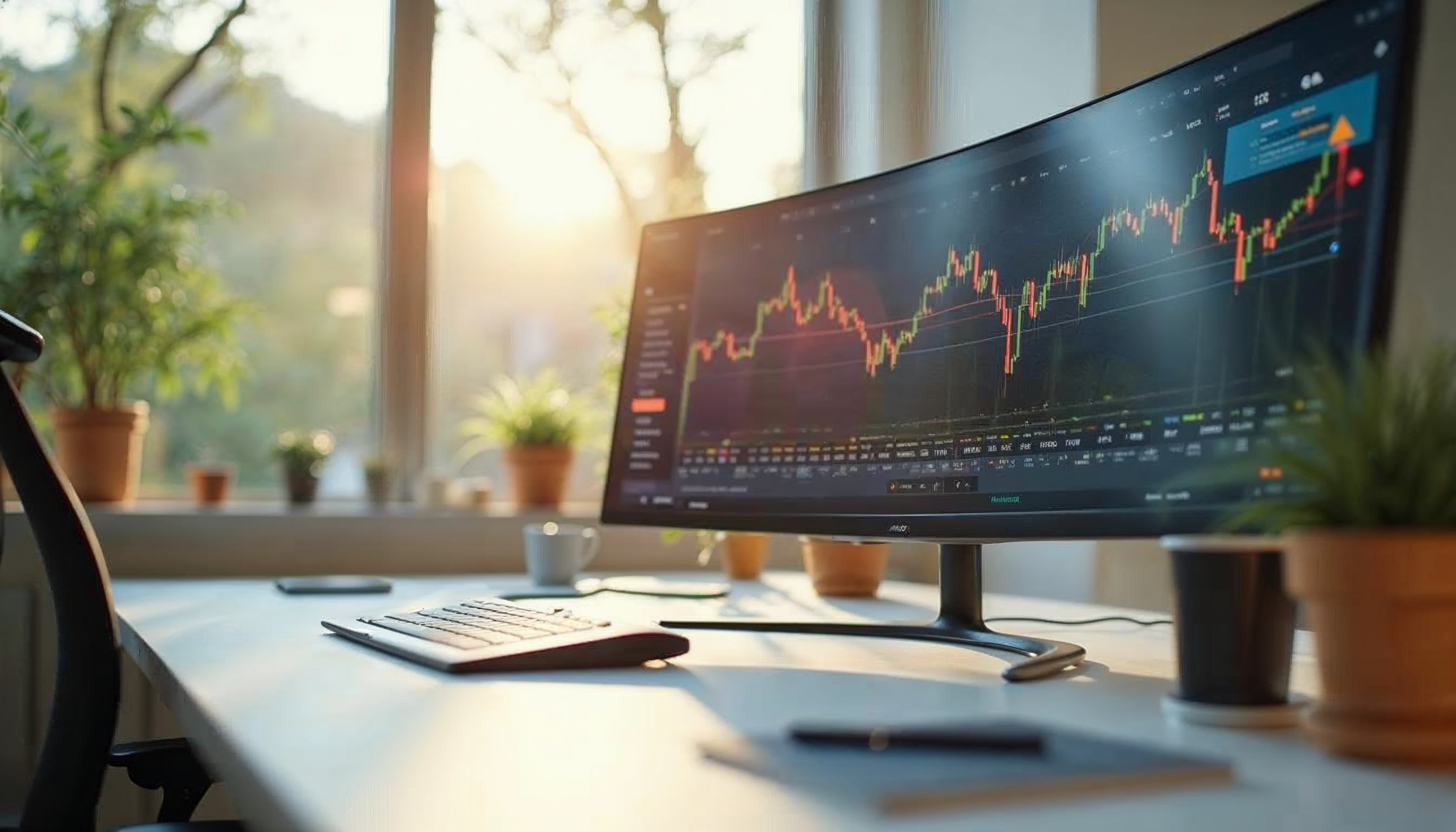From Inflation Dynamics to Portfolio Rotation: Navigating Markets in the Post-Tariff Macro Mosaic

1. A new equilibrium after six chaotic weeks
Since the April 2 tariff shock, equities, credit and commodities have round-tripped; the S&P 500 is now positive for 2025 and euro-area stocks sit fractionally above pre-tariff levels. The catalyst: a soft US inflation print and synchronized tariff de-escalation, which together pulled volatility lower and reignited the global reach for yield.
2. Central-bank theatre: choreography and nuance
Fed: Chair Powell’s mantra—“proceed carefully”—now resonates with markets pricing just 52 bp of cuts this year, down from >100 bp in April
ECB: Governing-Council doves such as Villeroy hint at another cut by summer, arguing that Europe’s inflation outlook is more stable despite US trade policy spill-overs.
BoE: Chief Economist Huw Pill warns of persistent UK inflation, implicitly capping sterling downside. The policy mosaic argues for narrower G10 rate-differentials and a softer dollar trend.
3. Wage signals and the global inflation patchwork
April’s US CPI relief contrasts with Australia’s Q1 wage growth of 3.4 % y/y—the fastest since 2012—which complicates the RBA’s May 20 decision and underpins AUD strength. Japan’s corporate-goods prices moderated to 4 % y/y, but with wholesale pass-through sticky, the BoJ remains under pressure, nudging JGB yields higher relative to Treasuries. These mixed signals reinforce the case for selective, rather than blanket, duration trades.
4. Structural narratives shaping sentiment
The rapid rollback of 145 % tariffs validates the “Tariff Laffer Curve” theory—beyond a certain point, higher levies shrink revenue and growth—implying limited appetite in Washington for another escalation. At the same time, ECB’s Klaas Knot reminded markets that there is “no immediate alternative” to the dollar’s reserve status, curbing the more extreme de-dollarisation stories that flourished in April.
5. Market biases and crowded trades
The BofA survey shows funds running the largest USD underweight since 2006; CFTC data reveal EUR net-longs near two-year highs while yen shorts remain sizable. Compressed implied vol (three-month USD/JPY at a two-month low) means small spot moves can still produce sharp gamma squeezes. Portfolio insurance via low-delta options looks cheap relative to historical stress episodes.
6. Sector and factor rotation
AI remains the epicentre—Nvidia’s surge lifted the entire Philadelphia Semiconductor Index—and capital expenditure announcements from Gulf sovereigns underscore the “petro-AI” theme. Yet cyclicals also gained: European autos rallied on China’s rare-earth export permits, and US energy stocks tracked the 3 % oil rebound. Defensive bond-proxies underperformed as real yields crept higher.
7. Tactical roadmap
FX: Fade EUR/USD spikes above 1.1320 unless US retail-sales disappoint; use AUD/JPY dips to express constructive risk. Rates: Receive front-end USD swaps if claims and PPI soften; play curve re-steepening in Europe where supply risks are lower. Commodities: Crude’s bounce looks extended; copper’s break above its 200-DMA invites pullbacks to $3.80 as re-entry points. Equities: Barbell AI winners with value names that benefit from a steeper curve—think banks and diversified miners.
8. Strategic horizon—three scenarios
| Scenario (6-month horizon) | Probability | Core Ideas |
| Baseline: tariff truce holds, inflation cools | 50 % | Gradual USD drift lower; equities grind higher; stay long carry |
| Snapback: talks collapse, tariffs snap back to ≥ 100 % | 30 % | Short cyclicals; long volatility; bull-flatten UST curve |
| Goldilocks plus deal: permanent tariff reduction & soft data | 20 % | Long EM FX vs USD; overweight euro-area credit; fade gold |

